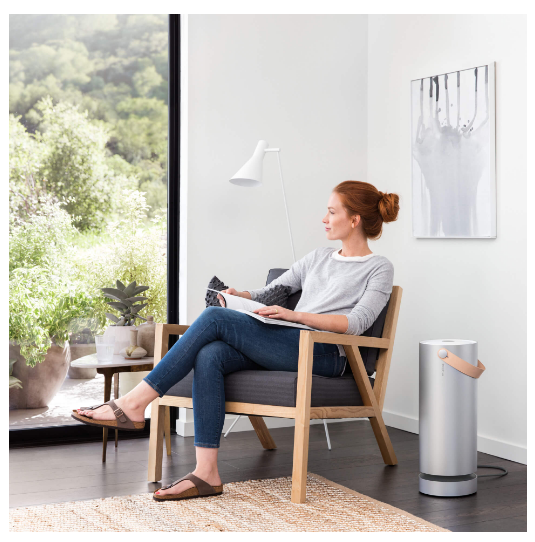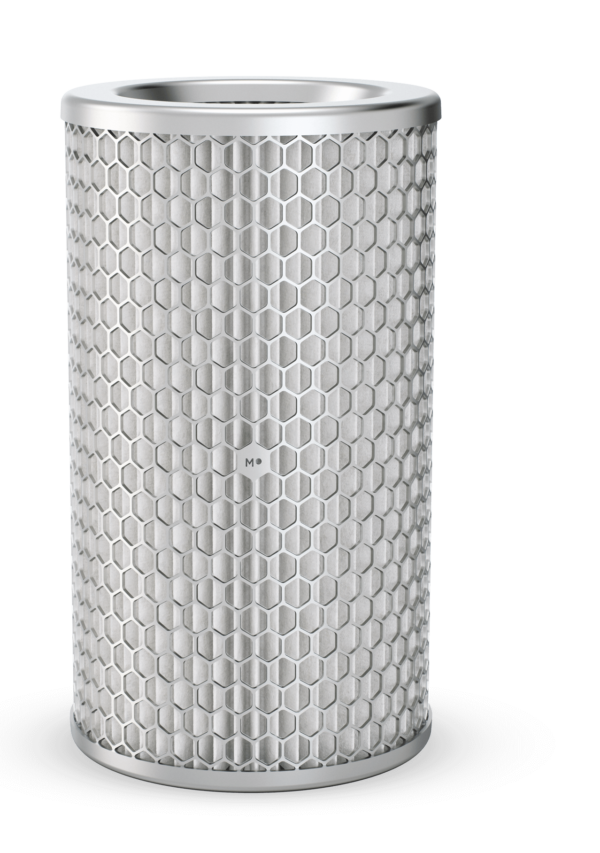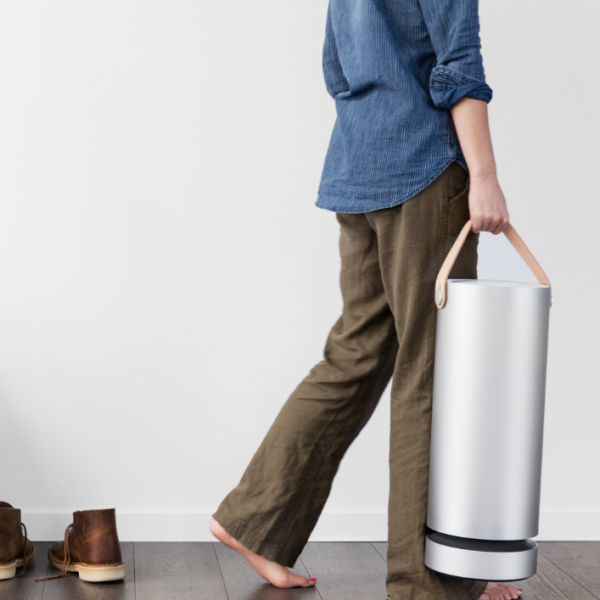For many businesses, the idea of producing or verifying technology with a potential environmental impact may be a relatively new one. But after two decades of work with Environmental Technology Verification (ETV), Southern Research* has extensive experience with examining and testing new products in the field.
Thanks to this work, Southern Research’s Director of Energy & Environment Tim Hansen, P.E., worked with scientists from around the world to develop a protocol for the International Organization for Standardization (ISO) that established a global framework for the verification and testing of innovative green technology.
The result was the recently issued ISO 14034-2016: Environmental Management – Environmental Technology Verification standard. Only a few months afterwards, the American National Standards Institute (ANSI) followed suit in adopting the standard.
Building on its background in the field, Southern Research is positioned to become one of the first accredited independent verification organizations in the United States, if not the world, under the new standard.
DEMONSTRATING VALUE
By outlining a process for evaluating new technologies with potential environmental impact, the group hopes to provide consistent, high-quality data about new technologies to interested parties like purchasers, end-users, , investors, or even regulators. In so doing, they hope to help both developers and potential buyers make decisions on what to buy and how to implement it.
“The overall goal of environmental technology verification is to help technologies that are trying to pass through the commercialization valley of death,” said Hansen. “Technology gets to a certain point where it’s beyond proof of concept, it’s in an early commercial product stage, but is still too high risk for a lot of people to invest in because it hasn’t been demonstrated. ETV provides a standard framework for independently evaluating data from demonstration of these kinds of technologies to help reduce that risk.”
The verification process defined in the standard is straightforward. First, an interested party submits an application to a verification body that includes a claim they wish to verify along with their existing testing methodology and data. This step ensures that the verification body understands the conceptual framework of the technology, as well as what tests need to be done.
Once the application is approved, a verification plan is developed to ensure the verification process is specified and agreed upon and all data and information needs are outlined, including what parameters will be verified. The verification body then verifies the test methods used to obtain the original numbers, and independently verifies the technology performance and impacts based on the test data.
However, before any products are verified, the ANSI-ASQ National Accreditation Board (ANAB) must establish a program to accredit verifying organizations in the U.S. “The accreditation process essentially entails a potential verifier demonstrating their competency in the ISO 14034 standard,” Hansen continued, “that they know and understand the process of environmental technology verification outlined under the standard.” Hansen has remained involved with the process since the standard was approved by ANSI, and continues to work with ANAB to establish best practices for independent verifiers.
ESTABLISHED TRACK RECORD
Despite the newness of a standardized approach to environmental technology verification, the same type of research has been going on for two decades. When the EPA first began testing of innovative technologies under its ETV program in the mid-90s, Southern Research was deeply involved. Later, Southern Research continued doing the work independently. In the meantime, other groups have begun similar ETV and demonstration and evaluation programs, internationally, and domestically. Southern has verified over 50 clean technologies independently, in areas from combined heat and power generation to clean diesel trucks to energy efficiency.
However, the range of these programs, which include some funded by the New York State Energy Research & Development Authority, the Department of Defense, and even some private corporations, tends to be limited. “I think one of the things that we have seen in those different programs is that a lot of those are very site-specific, single-technology focused, done with different targets in mind, and they may be done with different procedures and approaches,” Hansen said. “They provide great data and information, but for the overall marketplace, a more consistent and unified approach can add value.”
As the process for accrediting independent verification organizations moves forward, Southern Research is poised to be one of the first authorized environmental technology verifiers in the country, potentially as soon as this summer. “The U.S. is moving ahead quickly ” Hansen said. “We may be the first in the world at that point.”
“We’re hoping to educate people about ISO 14034 over the next few months and start to let people know that it’s out there and what it could do, and hopefully get it adopted by several entities throughout the rest of the year,” he said. “If we can get agencies like the Department of Defense or the Department of Energy to implement their demonstration and evaluation programs for innovative technologies with the ISO standard as a requirement, it can provide some uniformity and consistency to all those different programs that do a lot of the same testing.”
About Southern Research:
Southern Research is a non-profit 501(c)(3) organization with nearly 500 scientists and engineers working across four divisions: Drug Discovery, Drug Development, Engineering, and Energy & Environment. They work on behalf of the National Cancer Institute, National Institutes of Health, the U.S. Department of Defense, the U.S. Department of Energy, NASA, hospitals, major aerospace firms, utility companies, and other private and government organizations as we solve the world’s hardest problems.
*This post is supported by Southern Research; images from Southern Research

















